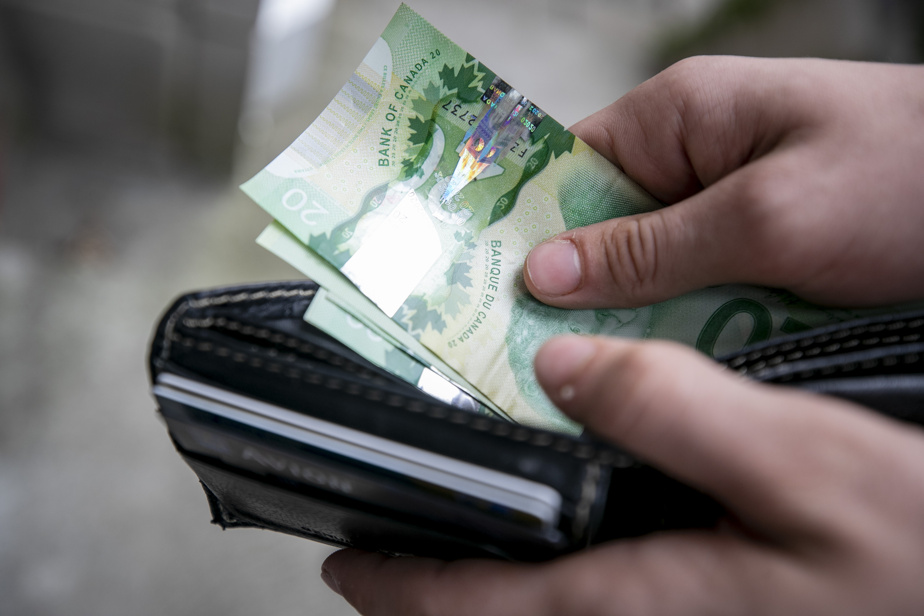(Ottawa) Although the country’s inflation rate may have fallen within the government’s target range, the Bank of Canada is not yet ready to release the pressure.
Statistics Canada reported Tuesday that inflation tumbled to 2.8% in June. The drop is spectacular since it amounted to 8.1% last summer.
This rate is within the target range of 1 to 3% established by the Bank of Canada. Federal Finance Minister Chrystia Freeland praised the lowest inflation rate among the G7 countries.
Despite the good news, the Bank of Canada still wants to lead the fight against inflation. It is more likely that it will continue to raise its key rate rather than reduce it in the near future. Earlier this month, it had raised it to 5%, a quarter-point increase, as indicators pointed to an annualized inflation rate of 3.4% in May.

BLAIR GABLE PHOTO, REUTERS ARCHIVES
Bank of Canada Governor Tiff Macklem
Bank of Canada Governor Tiff Macklem said at the time that the central bank was ready to raise the key rate further if new data indicated it needed to do more.
Given the situation, the Bank of Canada’s zeal may seem strange: why continue to raise the key rate when inflation has fallen significantly?
Economists are well aware of the monetary policy lag. A rise in the key interest rate can completely exert its influence on the economy after a period of one to two years.
But the Bank of Canada is inflexible in its policy: its fundamental objective is an inflation rate of 2%, the midpoint of the range of 1 to 3%. No more, but no less.
New projections from the Bank of Canada suggest that the steady progress made against inflation over the past year will slow. It expects the inflation rate to remain around 3% over the next year and gradually return to the 2% target by mid-2025.
Reaching the target could take six months longer than originally planned.
Private sector economists expect that returning to 2% inflation will be a tough challenge. The process might even suffer some setbacks along the way.
Some indicators remain worrying: in particular core inflation, which makes it possible to better gauge price pressure.
Falling gasoline prices have been the big reason for slowing inflation so far, but prices for other everyday items continue to rise. Without the price of gasoline, the inflation rate in Canada would have reached 4% in June.
The price increase in grocery stores reached 9.1%, compared to June 2022.
In a note sent to clients, CIBC’s deputy chief economist, Benjamin Tal, says the central bank is an institution more concerned with high inflation than the risk of a recession.
“The central bank has a lot of experience and more effective ways to fight a recession. A rise in inflation exceeding forecasts is its worst nightmare,” writes Mr. Tal.
According to him, one could draw the conclusion that the Bank of Canada is biased. The latter has often demonstrated this in its reports on monetary policy. She repeatedly said she was more concerned about more persistent than expected inflation than the risk of a global recession.
Mr. Tal believes that this bias caused the Bank of Canada to take excessive measures in June. However, the economist points out that it will have to back down at some point, especially as the signs of an economic slowdown are increasing.
“The Bank of Canada may impose another hike in September, but before long it will no longer be able to ignore the current disinflationary forces, even if it is biased. »
